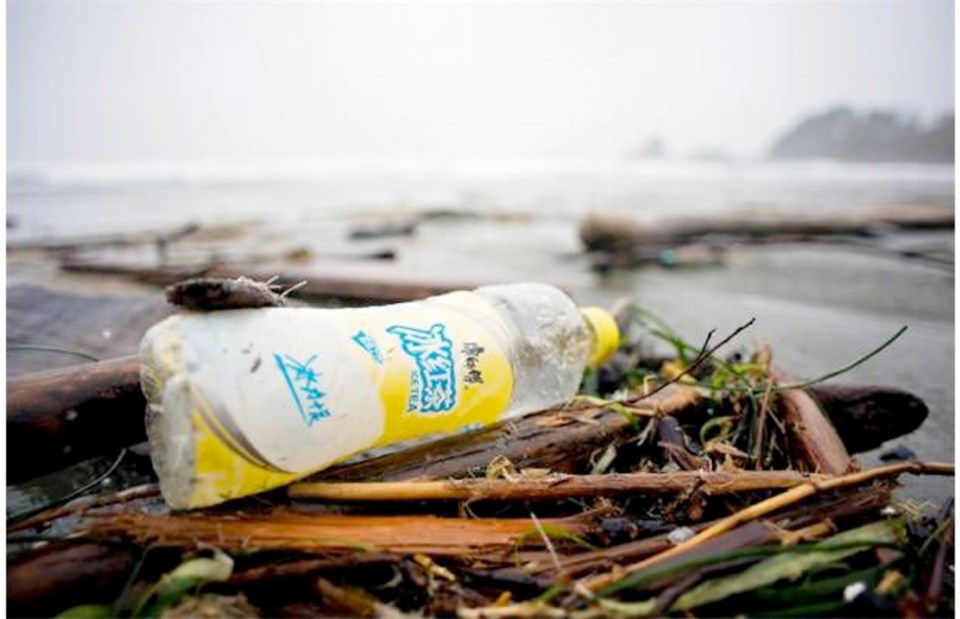Ucluelet Mayor Bill Irving remains deeply concerned about the volume of debris showing up on his coastline from the tsunami that followed the devastating earthquake in Japan two years ago.
While he acknowledges not as much debris has shown up in B.C. as was expected, Irving is bracing for trouble.
“The prediction was that March-April-May would see the first really big off-load in material,” Irving said Sunday after attending a ceremony with residents and volunteers from the Love Project from the Lower Mainland, who helped clean up beaches of tsunami debris.
“There are significant spikes [in debris volumes] starting to show up now,” he said.
Hard-to-reach beaches are a particular problem, according to an aerial survey last week.
“Those isolated beaches are clearly getting hammered with lots of stuff,” said Irving. “It’s not wall-to-wall, but it’s clearly evident in a flyover.”
On Monday, the B.C. government plans to formally acknowledge the tragic event, which took 16,000 lives. Various events are scheduled — including a volunteer cleanup west of Sooke at French Beach Provincial Park organized by the Surfrider Foundation’s Vancouver Island division.
Environment Minister Terry Lake was cautiously optimistic Sunday about the amount of debris reaching B.C. coastlines.
Lake has been reading all the reports from Japan and the U.S. based on studies of the debris.
“All of them seem to be downplaying the amount of debris reaching our shores compared to what we thought at first,” said Lake.
“A lot of the material simply gets battered into small pieces and either agglomerates into that big garbage patch in the ocean or sinks to the bottom,” he said.
Lake said it’s believed that most of the lighter, more “floatable” material such as Styrofoam and plastic sent out to sea by the tsunami, which damaged more than 100,000 buildings, already has made its way to North America.
“We really don’t know how much more is coming, but it does not does not seem to be the amount we anticipated,” he said.
“By the end of this summer, we’ll have a much better idea of where we stand in relation to the debris that will be coming at us.”
An ongoing concern is working with communities and First Nations to clean up the debris that has accumulated and will continue to arrive.
“We don’t want to leave them any problems they normally wouldn’t have to deal with,” Lake said.
Irving said communities are already having difficulty with debris going to landfills instead of being recycled.
“They’re filling up our landfills faster than we can find new ones,” he said.
Irving acknowledged the personal interest Lake has taken in the issue but, overall, he’s not impressed with government response to the tsunami debris.
“We do feel quite disappointed in both the federal and provincial responsibility,” he said.
Lake couldn’t put an exact dollar figure on the money spent on the cleanup so far by the provincial government. He said it’s part of a “scalable plan” that has matched resources to needs.
But he guessed the cost so far to be less than $1 million.
So far, said Lake, there have been no reports of invasive aquatic species hitching a ride to B.C. on debris as in Oregon, where a dock that washed up had to be torched to clean it of unwanted creatures.
The most notorious debris to wash up in B.C. so far was a container on Haida Gwaii bearing a Harley-Davidson motorcycle. A more serious example was a large fuel container that was deemed a navigation hazard off Haida Gwaii.
Lake, who said the latter container was about the size of a boxcar, had to be towed to a dock and disassembled for scrap.



